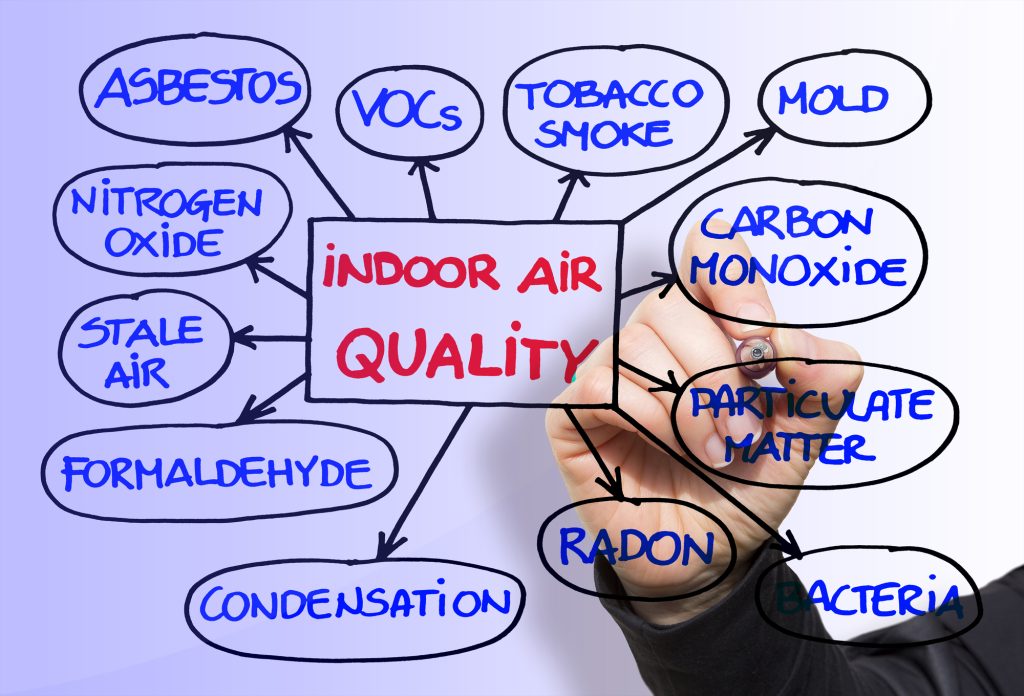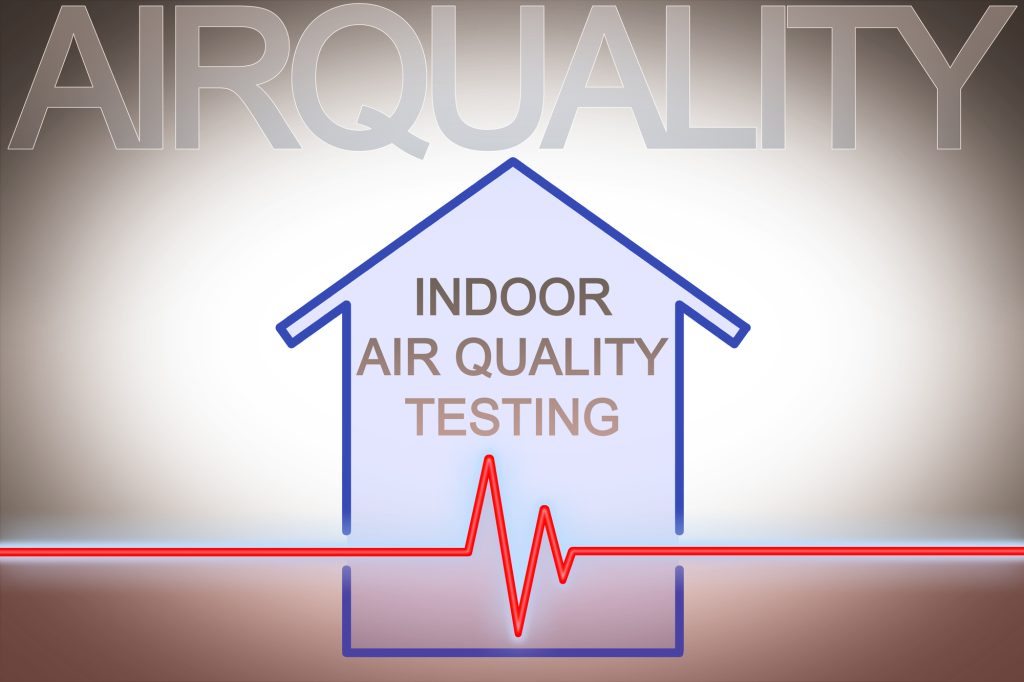

We at NextDay Inspect® have partnered with Porch to get you answers to common air quality questions from experts around our community. Read further for practical tips and information you can use to best decide your air quality needs!
What are the most common signs of bad indoor air quality?
The most common sign of indoor air quality problems is detrimental health effects to those within the property. These can include irritation of the eyes, nose, and throat, and lungs as well as headaches, dizziness, and fatigue. Poor indoor air quality can also sometimes show in high levels of mold and bacteria or a stale smell in the property. It is critically important that if experiencing these health issues, an air quality test is performed to assess the air quality needs of the property.
Can indoor plants really purify the air?
We can all agree that plants make a beautiful addition to any room, but they’re so much more than a piece of decor. Plants can help reduce anxiety, enhance concentration/memory, boost creativity, and even remove toxins from the air. A famous NASA experiment found that indoor plants help to clean the air of cancer-causing compounds like formaldehyde and benzene. While almost any plant you have in your home will help bring you joy and health, our favorite easy-to-care-for picks include Snake Plants, Peace Lilies, Monsteras, or Dracaena Plants.
How can indoor air quality affect your health and cause you allergies?
Sometimes we think shutting ourselves inside can help protect us from indoor allergens, but on the contrary, the indoors is where allergenic culprits like mold, dust, and (eew) insect droppings can linger and cause problems for allergy sufferers. This is why it’s important to pay attention to the factors that contribute to good indoor air quality.
Having a regular cleaning routine, regularly changing air filters, and limiting moisture in the home, like checking for leaks and keeping an eye on the humidity levels, will improve air quality and help keep allergy symptoms at bay.
What are the benefits of having an air purifier in your home?
An air purifier or air cleaner is a device which removes contaminants from the air in a room to improve indoor air quality, here are some of the benefits that a purifier has.
- Relieves Symptoms of Asthma.
- Eliminates Harmful Chemicals from Indoor Environments.
- Neutralizes Unpleasant Odors.
- Reduces the Chances of respiratory illness – asthma, COPD
- Improves Sleep.
- Eliminates Hazardous Asbestos Particles.
- Can Increase Life Expectancy.
How does dust in the home ventilation system might affect your health and how to prevent it?
Dust can accumulate in your air conditioning or home ventilation system over time, affecting your family’s health and causing allergies, coughing, sneezing, hayfever, and asthma attacks. Dust in the air can contain a variety of nasties such as dander (dead skin cells), pollen, and airborne soil, all of which can cause health problems. Dust is classified according to the particle size of the dust particles, for example, PM10 is a large dust particle and PM2.5 is a smaller dust particle. Most air conditioning and ventilation systems have standard filters that easily filter out PM10 dust particles, but it is the smaller PM2.5 dust particles that can be drawn through your HVAC system and distributed through the airstream into your home. It is critical to have your system serviced on a regular basis by an air conditioning professional to help remove accumulated dust. They will be in the best position to assess the system and recommend corrective measures to control the dust, such as:
- Replacing your filters
- Deep cleaning your air conditioner’s coils
- Upgrading or adding additional filters
- Installing an Airliy whole-home active air purification system.
How do you choose the best AC depending on your room/house size?
For small to medium size rooms below 600 sq. ft. we recommend choosing a window or portable air conditioner because they are more budget-friendly and cost-effective to run. For rooms over 600 sq. ft. we would suggest a split AC for greater cooling efficiency and energy savings. There are other factors like ceiling height, insulation, and installation location you should take into consideration when making your decision. It’s best to get in touch with the brand’s support team so they can help you get a better idea of what AC would work for you.
For a little more information about air quality, you can check out our partner posting from Porch!

